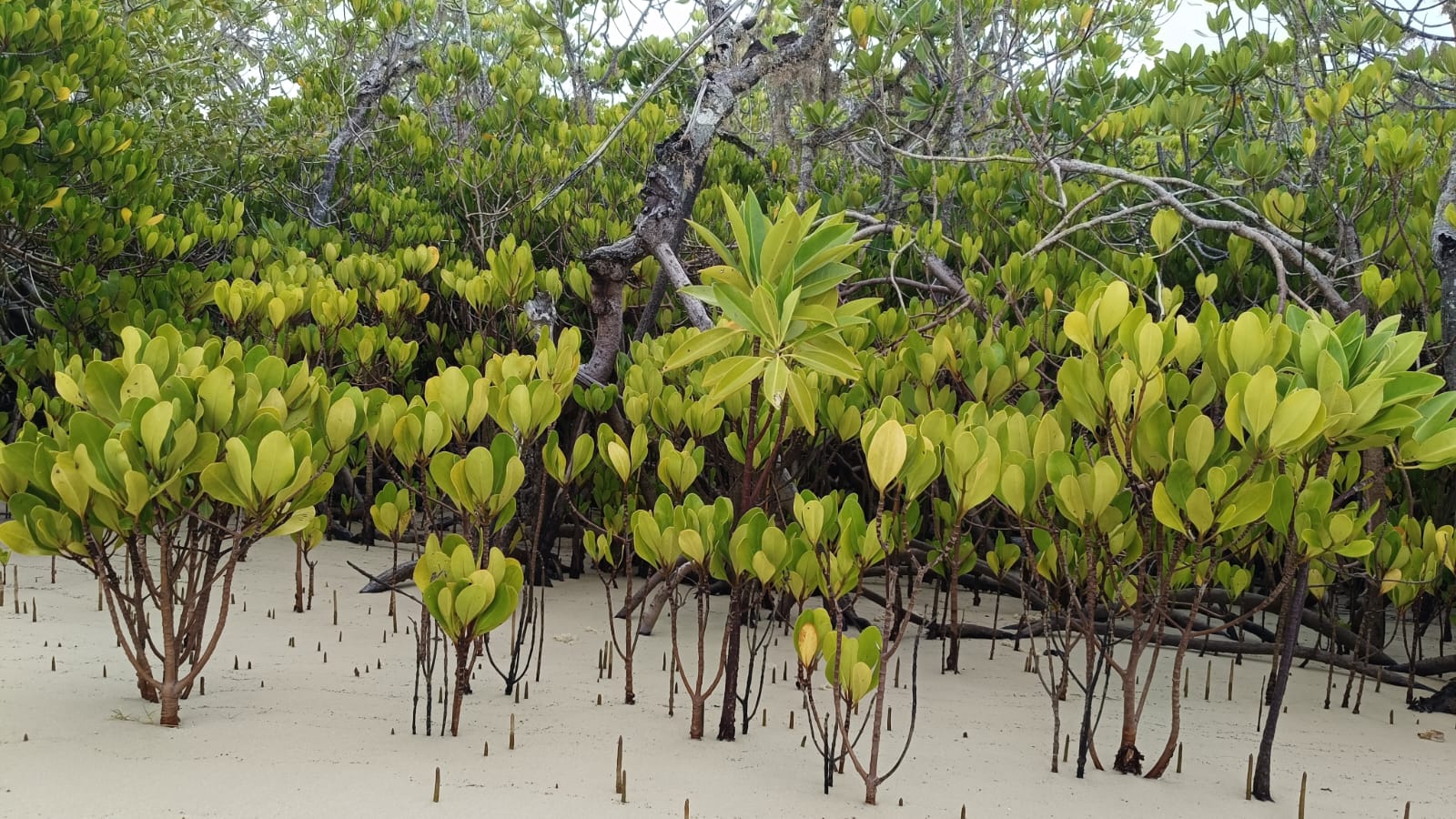Mangroves are carbon rich ecosystem that are mainly found in tropical areas around the world. However, they are threatened by a combination of natural and human induced factors. In the coastal town of Lamu, Kenya, mangrove degradation is particularly evident. While these forests have traditionally sustained the local communities, overexploitation for timber and fuelwood has taken a heavy toll. The annual loss of approximately 60 hectares of mangrove forest is a pressing concern, and this rate continues to rise. When Mangroves are lost or degraded their core benefits to communities along with the ecosystems ability to sequester carbon. Restoration and protection of Mangroves is therefore recognized as a priority for both climate change mitigation and adaptation.
The 3E organization has identified Lamu, with its extensive mangrove cover, as a key area for intervention. By understanding the ecological and economic significance of mangroves to local communities, 3E aims to implement innovative solutions for their regeneration and protection.The organization recognizes the importance of community led initiatives that are inline with the government’s agenda.
Local communities in Faza, Pate, and Mpeketoni rely heavily on mangroves for their livelihoods. These forests serve as breeding grounds for various fish and seafood species, providing sustenance for fishermen. Additionally, the community utilizes mangrove wood for construction, fuel, and medicinal purposes.The communities have been putting commendable efforts in protecting the mangroves. They have been doing beach cleanups, clastic cleanup in the mangrove and mangrove reforestation.
A visit to Lamu County office of public health, environment, and climate change gave us an overview of the efforts they are putting in place to not only protect mangrove but the entire forest cover in Lamu. In joining the government efforts of planting 15 billion trees by 2030,the County is working to ensure they have planted 146 million trees by 2030 while still putting efforts in place to protect the Mangrove. While government efforts are underway to protect mangroves, more concerted action is needed. Community involvement is crucial, as evidenced by their efforts in mangrove planting and coastal clean-up initiatives. However, limited resources and capacity hinder their ability to scale up these efforts.
To ensure the long-term sustainability of Lamu’s mangrove ecosystems, 3E organization is committed to working with the coastal communities to regenerate and conserve marine ecosystem. By working together, we can safeguard these vital ecosystems and secure a sustainable future for the people of Lamu.





